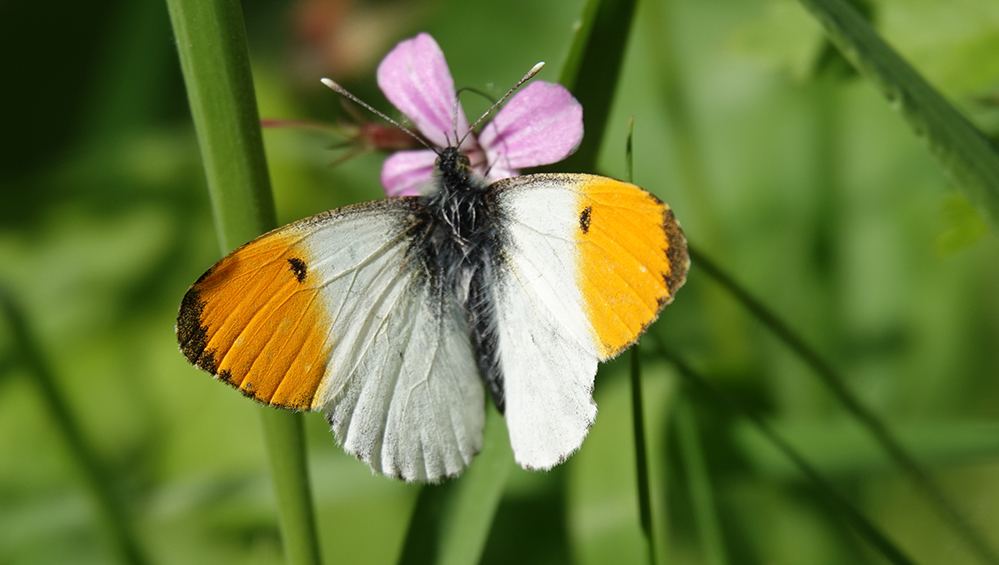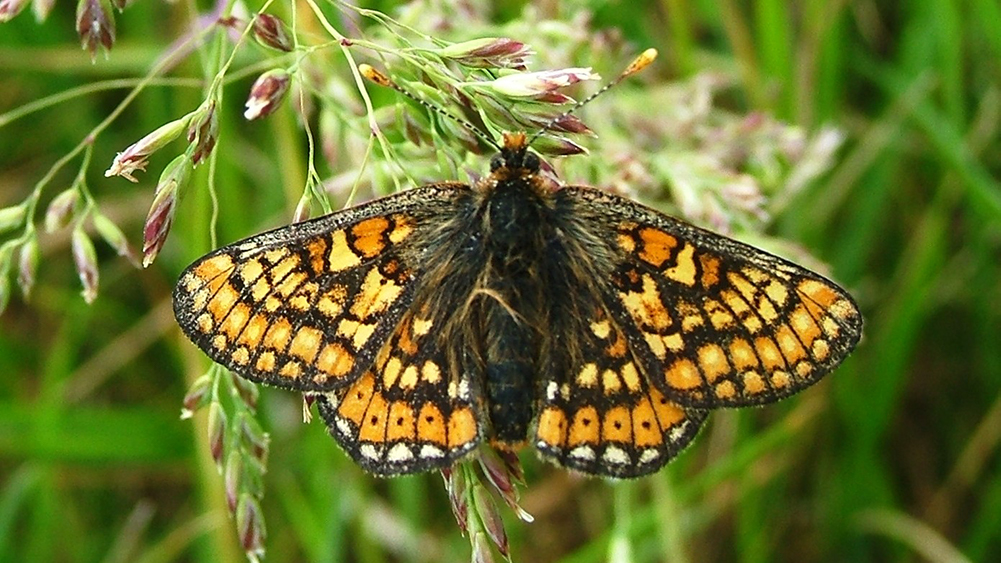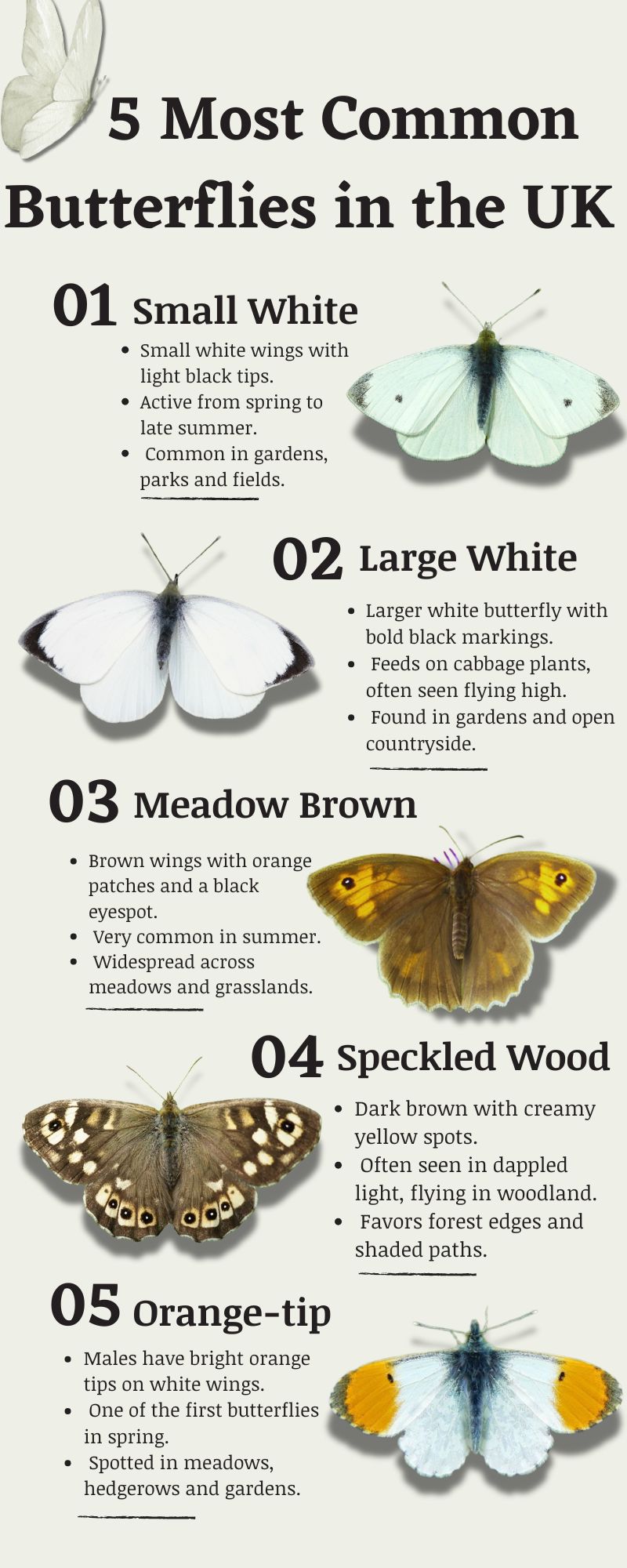Last summer was the second worst on record for common butterflies in the UK. If even the most familiar species are vanishing, what will it take to bring them back?

Summer in Cardiff is supposed to be colorful. The butterflies should fly freely from flower to flower in the sunshine. But search Cardiff’s parks for half an hour and not even one of the most common white butterflies will be seen. All kinds of flowers are blooming, but the butterflies are gone.
According to a report published by Butterfly Conservation, the summer of 2023 was the second lowest for the number of common butterflies in the UK since 1976. For many nature lovers, it was a heartbreaking sign.
“It is not surprising,” said Rob Parry, the chief executive of the Initiative for Nature Conservation Cymru. “Insects, invertebrates in general in Wales have been struggling for a long time. The problem is that these ‘bad years’ are becoming more frequent- butterflies don’t have time to recover”.
Rob is chief of the Initiative for Nature Conservation Cymru (INCC), a young, seven-year-old charity focused on conservation advocacy, policy drive and field species conservation.
The summer of 2023, which should have been a critical time for butterflies to thrive, was unusually cold and wet, Rob explained. “Even just being outside, you could see there were fewer butterflies and invertebrates. The worst part is that these bad years are becoming more frequent, and species don’t have a chance to recover,” said Rob.

He points out that nature allows for an occasional “bad year”, and species can recover in subsequent years. “A bad year now and then is okay in nature – they can usually recover. But with climate change and bad land management, they don’t get enough time. That’s why we’re seeing long-term declines.” said Rob.
Butterflies are not just beautiful insects; they play several important roles in nature. They help plants pollinate; Their larvae are food for many birds; Most importantly, butterflies are very sensitive to environmental changes. If these conditions deteriorate, butterflies will be the first to be affected. So, when butterfly numbers decline, it’s often a sign that something is wrong with our natural environment.
Rob has been working in nature conservation for 24 years. His team at INCC focuses on habitat conservation and restoration. They not only advocate but also create and restore habitats.
One of their most important projects is to protect the Marsh Fritillary Butterfly, an extremely rare butterfly in Wales and across Europe. The butterflies are extremely demanding, they can only live in wet grass, and the larvae can only feed on a plant called “Devil’s bit Scabious”
“To save the population in South Wales, we collected caterpillars from the wild, reared them in captivity, and released them back,” said Rob. The project has now been running for four years in an area called Plynlimon Common in south Wales.
“That’s working, but that’s really the last resort. We need to get the habitat right first. That’s the crucial bit,” said Rob. Rob explains that to truly protect butterflies, the problem of where they live and where they live must be solved.

Some people may think that one park is enough, but for butterflies, it is not enough. The life of a butterfly is divided into four stages: egg, caterpillar, pupa and adult, and each stage has different requirements for the environment. For example, the larvae of many butterflies can only eat one or two specific plants, and they cannot survive without that plant in the park.
And the environment changes: lawns get mowed, plants die, the climate cools… If butterflies cannot fly to the next suitable place, their populations may be disrupted. “We’re running out of good quality habitat,” said Rob.
What’s more, most butterflies have a limited flight range of no more than a few hundred meters, so a coherent habitat is very important for them. “We’re stopping that through developments, roads, and farming. The remaining habitats are fragmented, just isolated patches. We need to connect them and create more space for wildlife,” said Rob.
What can ordinary people do for butterflies? “The best thing people across Wales can do is tell your local authority and your members of the Senedd that you really love wildlife and care about it,” said Rob.
In addition to speaking out, people can help butterflies by supporting conservation organizations, volunteering, or even planting flowers in their own gardens. “If we only ever complain to them about lack of jobs or other issues, then they never hear from people who actually care about nature.”
Despite the unprecedented challenges the butterflies are facing, Rob has not given up hope. “Hopefully this year will be better. We just need a bit more sunshine in the summer months,” said Rob.

